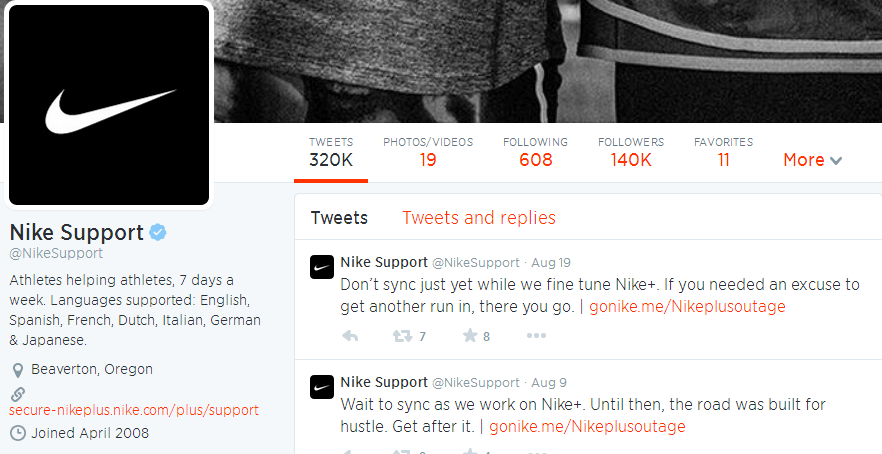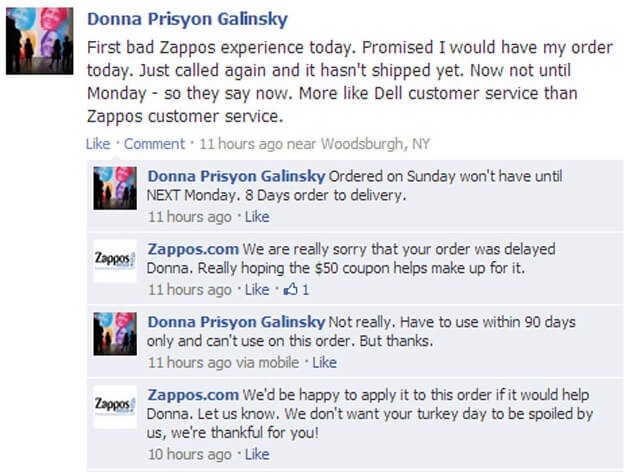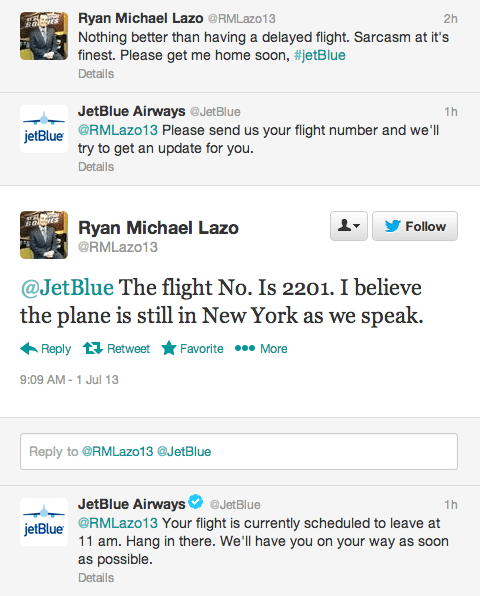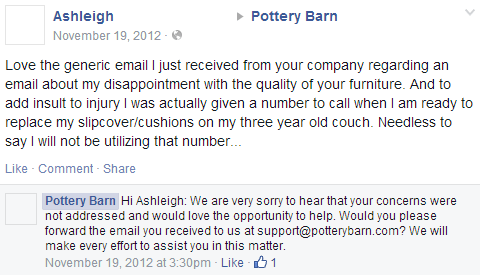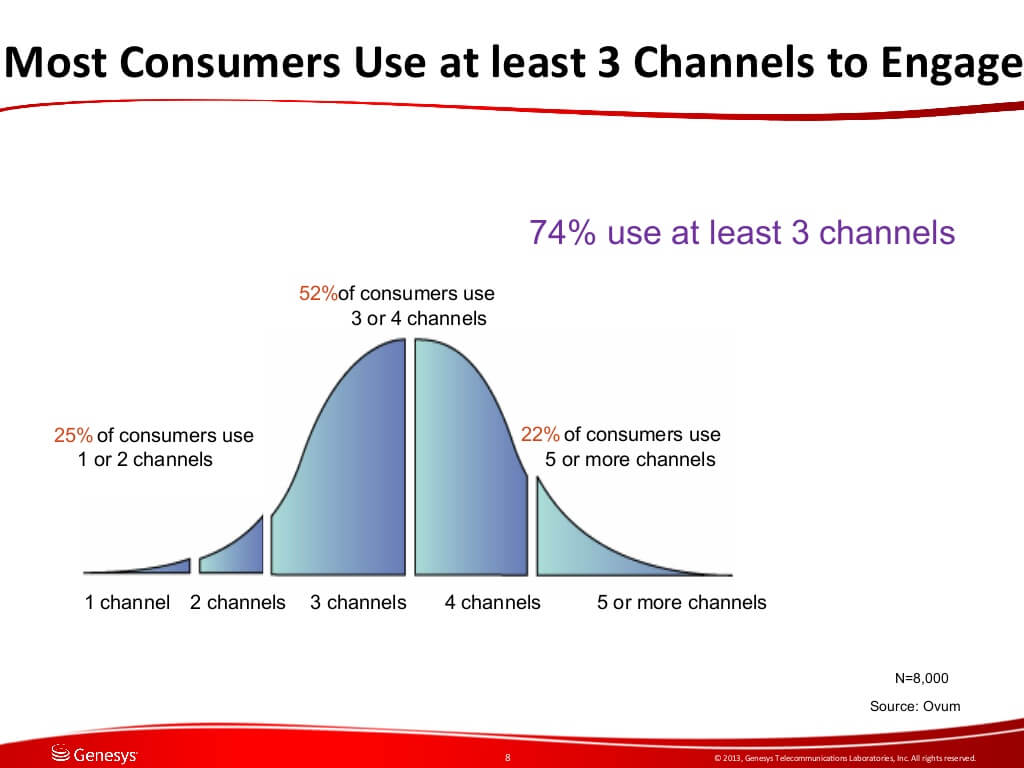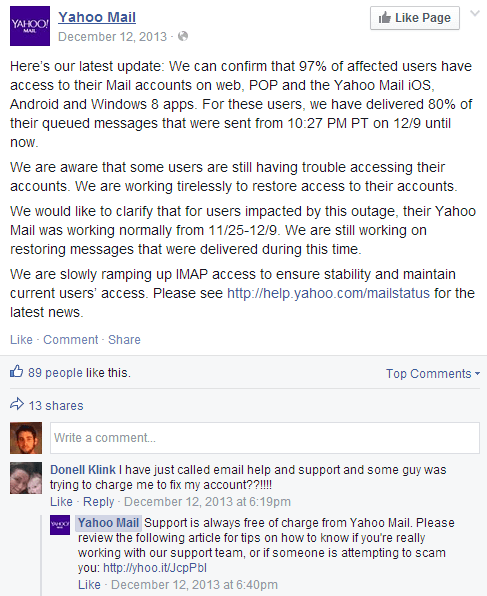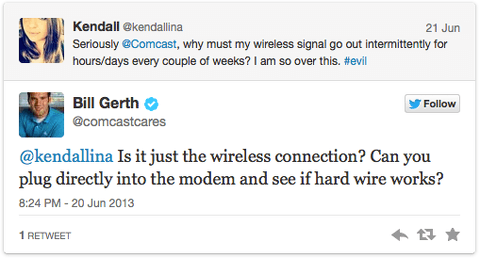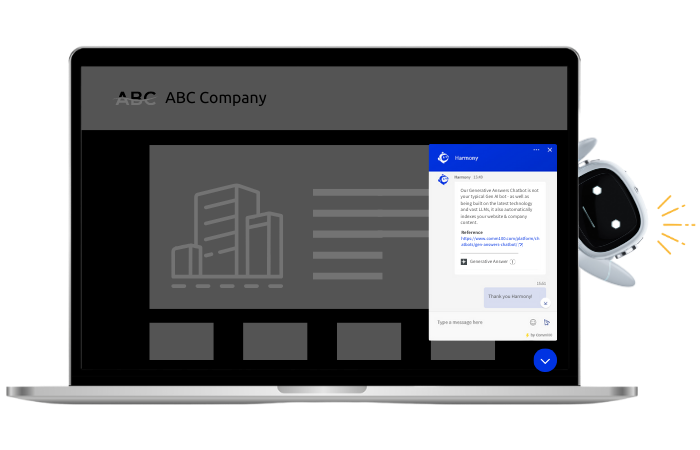The advent of social media has had a huge impact on the customer service industry. Not only can people go directly to companies and get quick feedback on their questions and problems, but they can also call out businesses in a public forum, making it all the more important for their questions to be answered quickly and efficiently.
Here are nine tips on how to offer the most effective customer service on social media. These tips will keep you from wasting time and ensure that your customers are getting their questions answered in a timely manner.
Train Support Teams and Delegate Social Channels
The downfall of many businesses on social media is that no one knows who’s in charge of answering customer queries. Is it the marketing department or the call center’s responsibility? That’s a problem, because it means in all likelihood questions are being ignored or going unanswered. If you don’t think it’s your job to respond to someone on Facebook, you won’t do it, and then that question is hanging around for days without getting a response.
Designate someone in the contact center to oversee social media. This does not have to mean one person answers every question. Instead it means that person will facilitate the question answering, assigning different people to different tasks. Take a page from Nike. The company has set up separate social media accounts for customer service, such as Twitter’s @NikeSupport, to deal with customer complaints and questions, separate from the main Nike feeds. This makes it easier for one person to oversee the efforts.
Be Consistent
Another benefit of having one person oversee all social media customer service is making your brand’s responses more consistent. You don’t want a customer on Twitter to notice that a customer who complained about the same issue on Facebook got a full refund, while the Twitter customer got a mere 50 percent back.
For instance, Zappos consistently offers customers money back on their orders when they voice complaints on social media. The attention to detail and quick response show the company’s concern, but they still personalize the information and response enough that it does not feel impersonal.
Answer Quickly
Years ago, it might take days or even weeks for customer service to answer a question from a customer. These days if you wait more than an hour after someone asks a question on social media, they get twitchy. Studies have shown that people expect very quick turnarounds on questions they ask via Twitter.
An hour may not always be realistic, but try to get back to people on their complaints as quickly as possible. Jet Blue, the airline, has become quite adept at reacting to people’s tweets in a timely manner. Most concerns are addressed within 60 to 90 minutes, which is especially important when someone’s complaining about a delayed flight. Quelling complaints immediately can go a long way toward damage control on social media. Jet Blue doesn’t want customers clogging up Twitter whining about how long they had to wait to get on their planes.
Have a Personality
People don’t like customer service responses that are dry and robotic. You need to show that there are real people answering questions. People are drawn to social media because of the many ways it offers to truly connect with others. Our friends posts videos where they have fun, such as celebrating a birthday. What if we knew the customer service representative because of video the company shared? HSC Advisors did this precisely by posting a video of three employee birthdays to their Facebook page:
Even if they are voicing a complaint, they want to know that a real person has heard their concern and can offer an answer. That’s something they can’t get from an automated phone service, which was the old way of answering many customer complaints.
Make sure your customer service representatives understand that it’s okay to show some personality. Engage with your customers. Offer them sympathy for their problems. You can also engage them in more creative ways, as the @OfficialSmartUSA Twitter feed did when someone made a joke about its cars. Instead of acting outraged, the company reacted using humor to make a point: smartcars are actually more durable than you’d expect. The
response went viral and the company earned a lot of goodwill from the customer service creativity.
Own Up to the Problem
It can be tempting to try to protect your brand on social media, by pushing away customer complaints or trying to shield your company from criticism. But if you engage in this sort of behavior, you’re also by default dismissing your customers’ complaints without doing anything to fix their problem. Rather than being defensive or going on the offensive, you need to acknowledge that your customer has a problem.
Use a sympathetic demeanor when answering people’s queries. Admit that your company made a mistake, and ask how you can help make up for it. Remember that people often complain out of frustration, but when someone reaches out to them, they can calm down quickly. Pottery Barn not only responds quickly to customer concerns, the store also makes sure to apologize for whatever problem has popped up.
Be Proactive
Sometimes customers reach out not to complain or praise but with a concern. In this case, you want to make sure your customer service team knows to address things brought up by the customer even if it’s not a pressing issue or even something that necessarily has to do with your company. Anytime you can provide assistance to the customer, though it’s not technically your area of expertise or service, go that extra mile. You’ll be rewarded with their loyalty.
Consider this example from GiftWorks, a fundraising platform for non-profit organizations.
The GiftWorks team responds in a timely manner to a user who missed out on a free webinar they offered. Even though they’re not making money by offering the webinar, they’re demonstrating brand values by still responding to their question and building anticipation for their future webinars.
Have Ears Where You Have Profiles
By creating a social profile customers assume they can use that outlet to receive support for any problems or opinions they want to voice. The last thing you want is to have a feed full of unanswered questions.
According to Genesys, 74% of consumers use at least three social channels.
Customers also expect their support experience on social channels to ascend that of traditional call support. That means friendlier and personal; timely and convenient. Tools such as Hootsuite allow us to manage multiple social profiles at once, which is ideal for customer support representatives.
Another way to streamline social media support is to have someone who monitors channels and refers complaints/questions to a live chat representative on your site. This is a great way to immediately connect a customer – or potential customer – in a convenient and professional manner.
Tell Before People Ask
Snafus happen. Sooner or later your company will run into a problem. It could be as small as a web site glitch or it could be as big as a major recall impacting everyone who’s bought something from your store in the past year. When a crisis like this hits, it’s important to solve the problem, of course, but it’s also important to keep your customers abreast of the developments as you work to find solutions.
This is the perfect time to use social media to get your word out. You might tweet or post on Facebook about when the replacement part is supposed to come in. Or you might write an update letting customers know you’re aware of the web site problem and working to fix it. For example, Yahoo posted extensively about
problems with Yahoo Mail when it was being inundated with customer complaints. That was a lot easier than fielding each individual query about the problem.
Use the Right Person to Reply
Many times people are looking for an immediate solution to their problem. By having people who can not just manage their complaints but also address them directly, you will improve the customer experience. This may require asking some follow-up questions and really engaging the customer to pinpoint exactly what the problem is.
Comcast has a Twitter account devoted to addressing technical problems on its networks. The cable and Internet service provider gets lots of tweets about service, and so it makes sense to have someone technically savvy available to answer those questions. When a customer tweets a complaint, the customer care representative can contact that person and find out more about the issue. Sometimes all it takes is a quick reboot or following up with a few more queries to get the problem solved. If it’s a bigger issue, it can then be passed off to an on-site customer support representative, but at least Comcast tried for a quick social media resolution.
Download now: The Guide to Becoming a Top Performing Live Chat Agent
Social media customer service attains increasing popularity. This guide provides you with every possible consideration for your social media customer service.
Download Now
eBook


